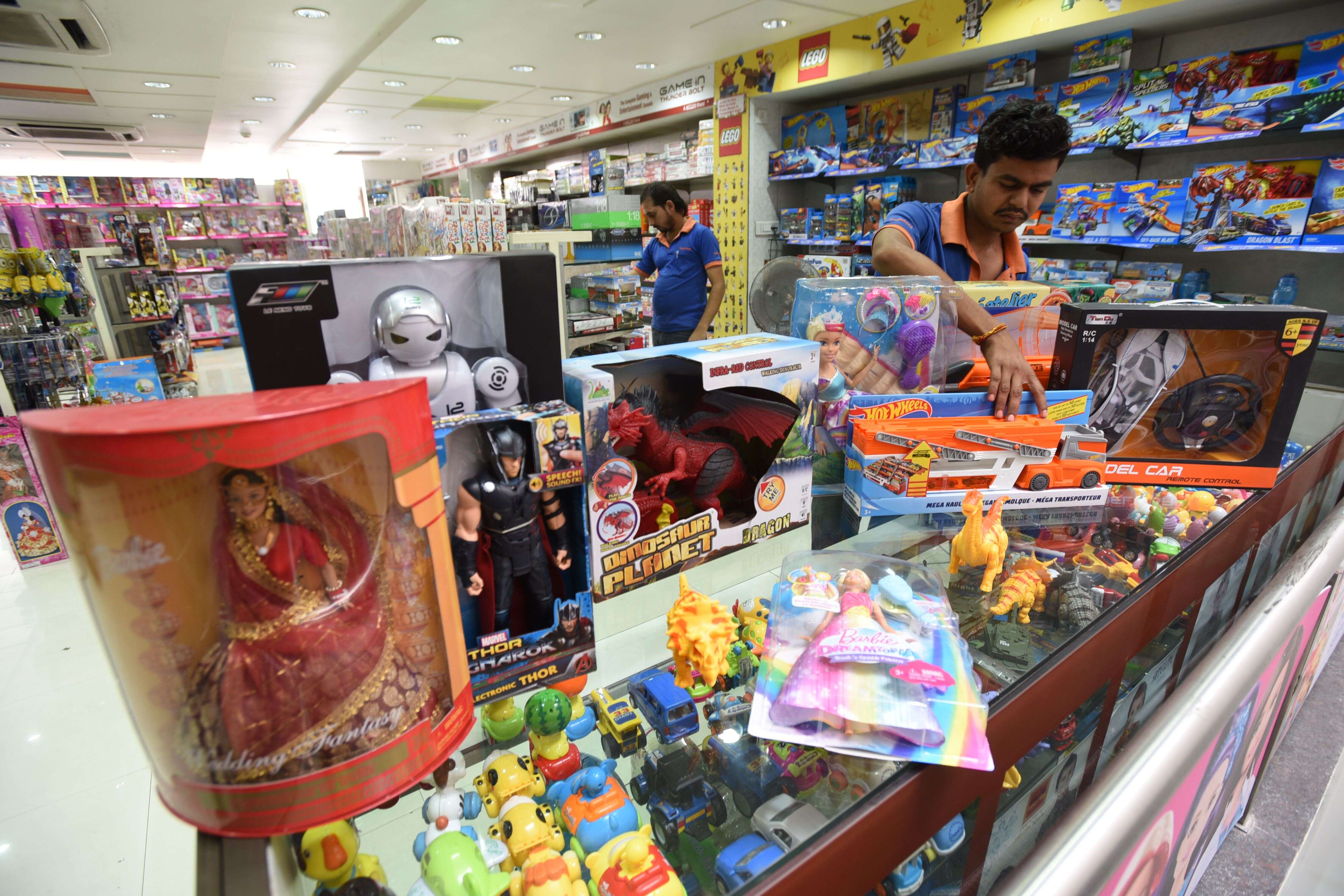
All the toys Texas received as a birthday present – a monster truck, a music mat, a Hungry Hippos game, and a toy gun that emits light and sound – were Made-in-China. Her birthday kitten reflects the reality of the Indian toy industry, which is estimated to be worth between Rs 5,000 to 6,000 crore, which is less than 1% of the world market. It gets around 25% share of the Indian toy market, the rest is dominated by Chinese toys. If you withdraw toys made in China from the market, local manufacturers will have to struggle to meet domestic demand. As if it was happening now.

Toys made in India cover only 25% of the domestic toy market (Stock Photo)
Due to the lockdown and an increase in toy import tariffs, the supply of Chinese toys to India has been reduced, the manufacturers said. “But at the same time, the demand for toys has increased in the last three or four months because children are locked up at home and demanding more toys.
All of these factors have led to an increase of around 25% in domestic demand for toys, which we are trying to meet by increasing production … but it will take some time to do so, ”said Ajay Agarwal, a toy maker in Delhi and the President of the Toy Association of India, a body of toy manufacturers, exporters, importers and traders with more than 500 industry members.
While organized manufacturers like Agarwal can scale by automating or hiring more labor, roughly 60% of India’s 3,500 toy manufacturers operate in the unorganized sector, from small units with sometimes as few as five employees. They do not have the capital to suddenly increase production.
The Indian market was not always dominated by Chinese toys, which began to flood after liberalization. As a result, many toy factories closed in the last 30 years; They couldn’t compete with toys made in China, especially electric ones.
“We don’t have the equipment to make electric toys. To do this, we need to import machines from South Korea and Japan, and right now they are expensive to come by with an import duty of 34%. If the government reduces the tariff, we can also start making electric toys. There is a great deal of growth in this industry, ”Agarwal said. Indian manufacturers specialize in board games, soft and plastic toys, drag toys, modeling clay, and puzzles.
But we have a competent workforce – toy making is labor intensive. If imports go down, more and more investment will flow, ”said R Jeswant, CEO of Funskool India, one of India’s leading toy brands.
At Kiddi Land, a toy store in Amar Colony, south Delhi, up to 70% of the shelf space is taken up by Chinese toys and 25% by Lego, made in Denmark. “We also import from Thailand, Vietnam, the Philippines … Indian toys are good but they don’t make electronic toys,” said Sanjay Pahwa, 40-year-old owner of this store.
Suhasini Paul, a Delhi-based toy designer who has lived in China and visited many toy factories there, said the Chinese produce all kinds of toys, from a cheaper one to a more expensive high-quality one. “But due to budget constraints, our toy importers only bring cheap Chinese toys to India,” Paul said.
Manufacturers complain that retailers do not give enough space to Indian toys. “With Chinese toys they get better margins and therefore prefer to store more of them,” said Manish Kukreja, CEO and director of Shinsei Toys and chairman of the All India Toy Manufacturers Association.
Kukreja added that if retailers reserve 25% of shelf space for toys made in India, this will give a big boost to local manufacturing.
.